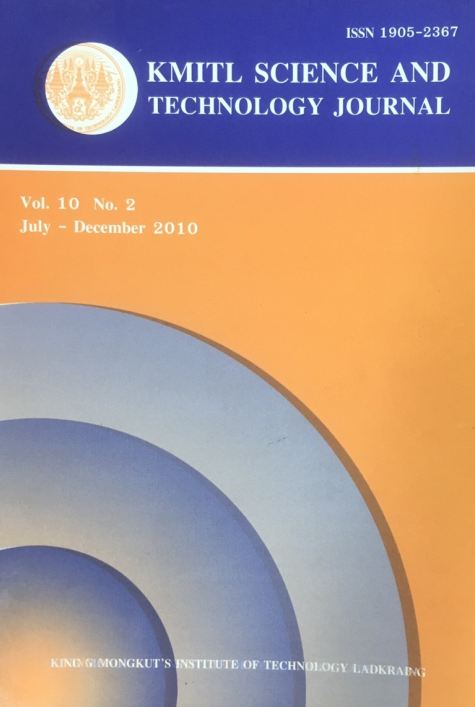The soil bacterium, BCB3-19, isolated from rhizosphere of tomato and identified as Bacillus subtilis was evaluated for biocontrol activities against Botrytis cinerea, a phytopathogenic fungus causing gray mold rot of tomatoes after harvest. In vitro assay by co-culture of BCB3-19 and B. cinerea on agar plates showed that the bacterium effectively inhibited radial growth of the fungus at 4° C and 23°C. In vivo evaluation on tomato fruits showed that the bacterium effectively suppressed the development of gray mold at 4°C and 23°C. The population dynamic study showed that the bacterium successfully colonized tomato fruits. Population of the bacterium was continually increasing at 23°C but was static at 4°C. The bacterium did not exhibit hemolytic and lecithinase activities. These findings support the potential use of Bacillus subtilis BCB3-19 for biological control of postharvest tomatoes against B. cinerea.
Keywords: Bacillus subtilis, Botrytis cinerea, Biocontrol, tomato
E-mail: sirirat2@yahoo.com
Siripornvisal*, S. . (2018). Biocontrol Efficacy of Bacillus subtilis BCB3-19 against Tomato Gray Mold. CURRENT APPLIED SCIENCE AND TECHNOLOGY, 37-44.
